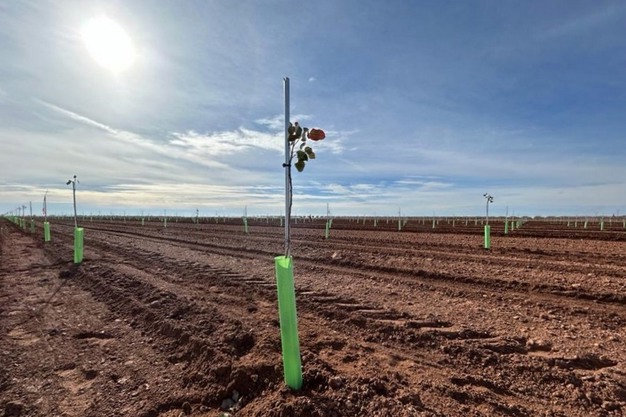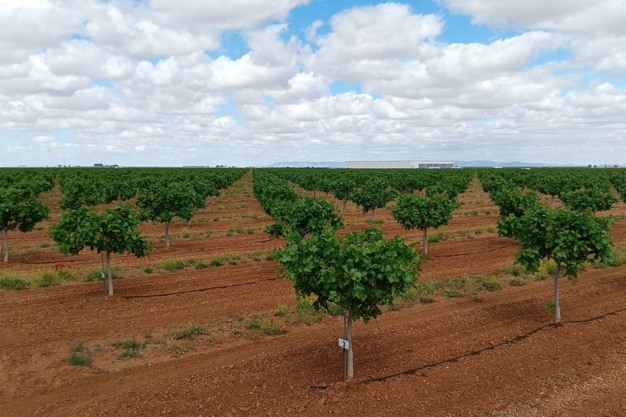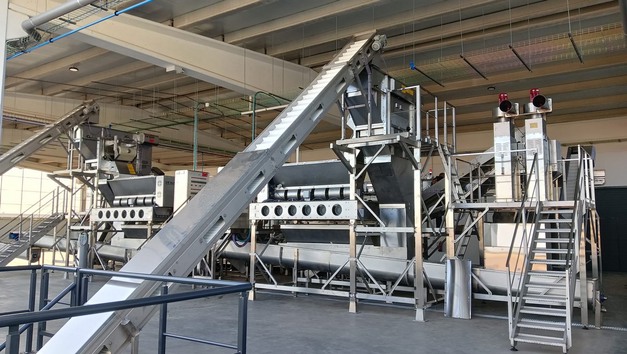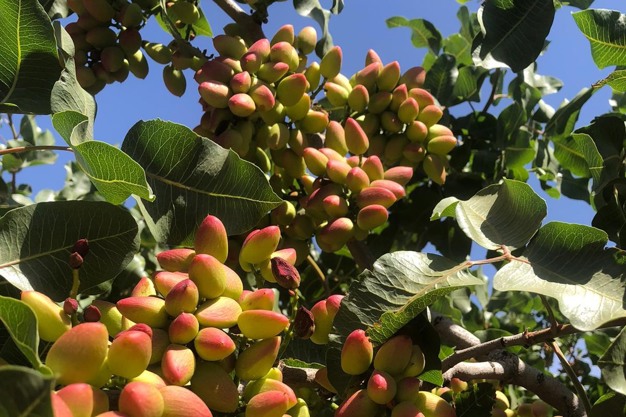In recent years, the pistachio acreage has been expanding rapidly in Spain, from just over 2,600 hectares in 2012 to over 70,200 hectares in 2022, and this growth continues at an unstoppable rate.
"We have indeed observed that the acreage devoted to pistachio cultivation has continued expanding in 2023 and 2024, and also at greater speed. This boom is directly linked to the increase in pistachio consumption both nationally and internationally, driven by greater awareness of the nut's nutritional benefits and its growing popularity in the Mediterranean diet and other healthy diets," says Juan Gallego, CEO and founder of Grupo IberoPistacho.

"More and more producers are choosing to switch from traditional crops to pistachio, attracted by its profitability and resistance to adverse weather conditions, and projections for the coming years remain optimistic, with a steady demand and new investments in the sector."
Pistachio cultivation has proven to be a very attractive investment for agricultural producers, companies and investment funds alike. "Pistachio production is perceived by growers as an opportunity to diversify and improve their profitability, compared to other more traditional crops. Moreover, in recent years, investment funds have also started to invest heavily in this sector, which has allowed the creation of large farms working with economies of scale."

Juan Gallego, CEO and founder of Grupo IberoPistacho.
"This phenomenon has been particularly noticeable in Spain, which has ideal agro-climatic conditions for pistachio cultivation. Large companies and funds are not only providing capital, but also innovation and technology, making it possible to optimize production techniques and maximize the quality of the final product," he says.
"Castile-La Mancha remains the leading region when it comes to pistachio production in Spain thanks to its favourable weather conditions, suitable soils and accumulated experience. However, it is not the only region with remarkable results. In recent years, we have also seen a significant increase in pistachio cultivation in other autonomous regions such as Aragon, Andalusia, Extremadura and Castile-Leon. In these areas, it is mainly replacing cereal crops, which have been losing ground due to their lower profitability. In the case of crops such as olives, almonds and vines, the switch to pistachio is less frequent, as these crops have well-established markets. That said, pistachio remains an attractive option due to its high demand and great profit margins."

"Demand continues to grow in both the snack market and the food industry"
Grupo IberoPistacho offers a comprehensive service based on a 360º approach, covering the entire pistachio life cycle, from planting to the crop's processing and final marketing. "We have a highly specialized team with years of experience. This allows us to advise and provide support to our clients at every stage of the process, from the initial evaluation of the viability of the farm, which depends on factors such as the weather, soil and water resources, to the implementation of advanced cultivation techniques and the design of the farms, whether they are irrigated or rainfed. We also offer processing services in the agro-industrial phase, optimizing pistachio transformation to maximize the quality of the final product. We focus on continuous improvement, constantly implementing technological innovations and sustainable practices to ensure our clients' competitiveness in the market," says Juan Gallego.

"We are also aware that varietal selection is a key aspect for the success of a pistachio plantation, so we carry out exhaustive analyses of each farm before recommending a variety. Firstly, we assess whether the weather, soil and irrigation conditions are suitable for pistachio cultivation. Once we have determined the land's viability, we design the plantation taking into account the type of farm, whether irrigated or rainfed, and the market for which the production is intended."

"As far as varieties are concerned, we make a distinction between those aimed at the snack market, such as the Kerman, Sirora and Kastel, which are appreciated for their size, degree of shell opening and visual appearance, and the varieties intended for processing, such as the Larnaka, Avdat and Aegina, which stand out for the greater intensity of their colour, flavour and aroma."
"We recommend a mix of varieties on farms of more than 10 hectares to spread the risk and stagger the harvests, thereby also facilitating the logistical management of the production. Both categories have a promising future, as the demand continues to grow in both the snack market and in that for pistachio products intended for the food industry."
 For more information:
For more information:
Iberopistacho
Tel.: +34 926 62 29 52
administracion@iberopistacho.com
https://iberopistacho.com
